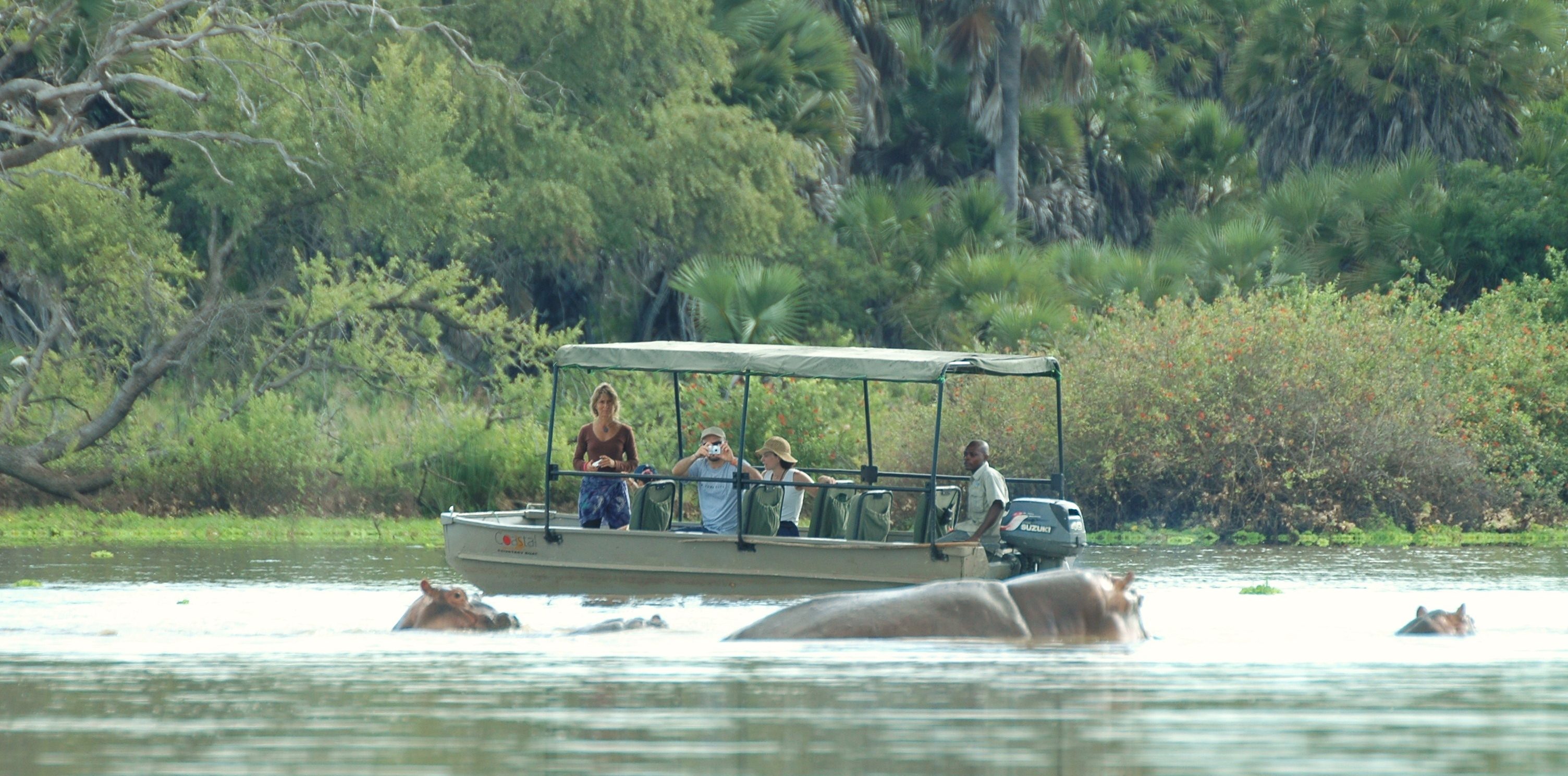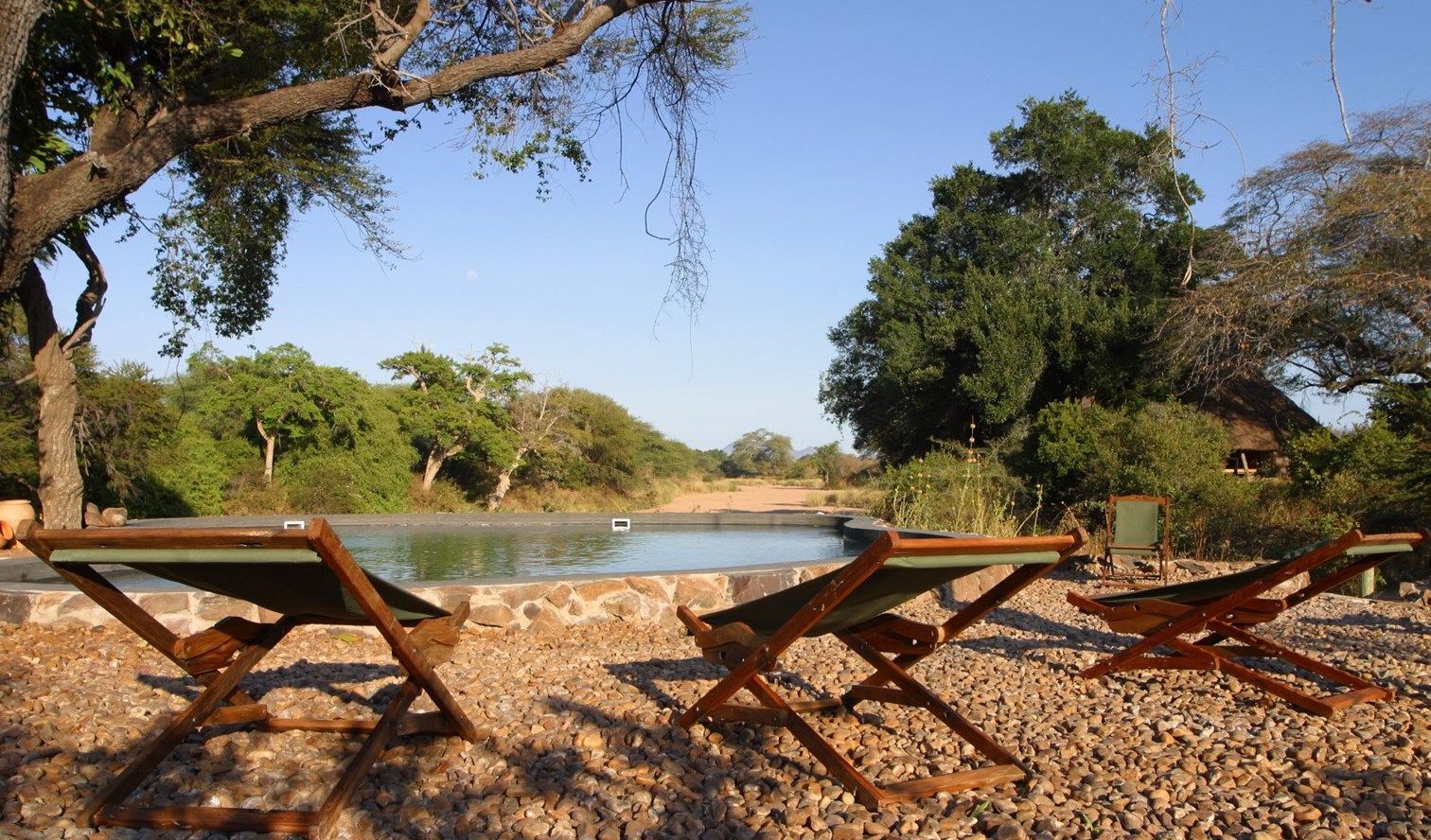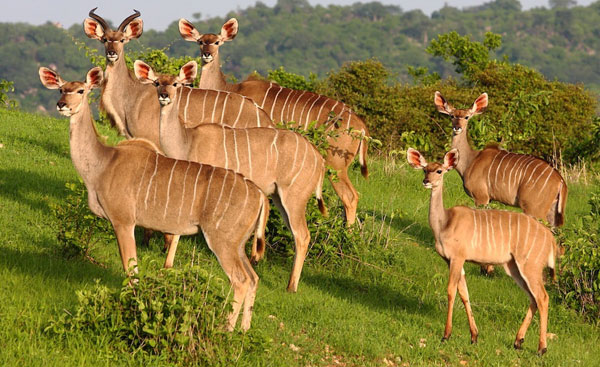WELCOME RUAHA NATIONAL PARK.

Ruaha National Park is the largest national park in Tanzania. The addition of the Usangu Game Reserve and other important wetlands to the park in 2008 increased its size to about 20,226 square kilometers (7,809 sq mi), making it the largest park in Tanzania and East Africa.[2]
The park is situated in central Tanzania between latitude 7 and 8° S and longitude 34 and 35° about 130 kilometers (81 mi) west of Iringa.[2] The park is a part of the 45,000 square kilometers (17,000 sq mi) Rungwa-Kizigo-Muhesi ecosystem,[2] which includes Rungwa Game Reserve, Kizigo and Muhesi Game Reserves, the Mbomipa Wildlife Management Area, and several other protected areas.
The name of the park is derived from the Great Ruaha River, which flows along its southeastern margin and is the focus for game-viewing. The park can be reached by car on a dirt road from Iringa and there are two airstrips – Msembe airstrip at Msembe (park headquarters), and Jongomeru Airstrip, near the Jongomeru Ranger Post.
WILD LIFE OF RUAHA NATIONAL PARK
The park is noted for its large elephant population, with about 10,000 roaming here. More than 571 species of birds have been identified in the park. Among the resident species are hornbills, kingfishers, and sunbirds. Many migratory birds visit the park, e.g., the white stork.
Other noted animals found in this park are cheetah, leopard, lion, African wild dog, giraffe, hippopotamus, Cape buffalo, and sable antelope. The rhinoceros population was last sighted in 1982 and is most likely extinct in the park due to poaching.
The best times to visit for predators and large mammals are during the dry season (May–December) and for birds and flowers, during the wet season (January–April).
RUAHA NATIONAL PARK ENVIROMENTAL CHANGES.
The park is currently facing a significant environmental challenge from the progressive drying up of the Great Ruaha River. The river used to flow all year round, but since 1993 there have been increasingly long periods every dry season in which it has dried up completely. Different hypotheses have been advanced to account for this, and one view is that it is caused by the expansion of irrigation schemes for rice cultivation and growth of livestock keeping in the Usangu wetland, which feeds the Great Ruaha River (Fox 2004).
ACCOMODATION IN RUAHA NATIONAL PARK.
There is a wide selection of accommodation in or near the park. The only lodge inside the park is the Ruaha River Lodge. There are also permanent or seasonal tented camps inside the park. There are also several park-operated public and special campsites, a hostel, self-catering bands, and cottages. Just outside the park boundaries are several accommodation facilities

RUAHA NATIONAL PARK IS THERE FOR YOU
VISIT & ENJOY
YOU’RE DAY

